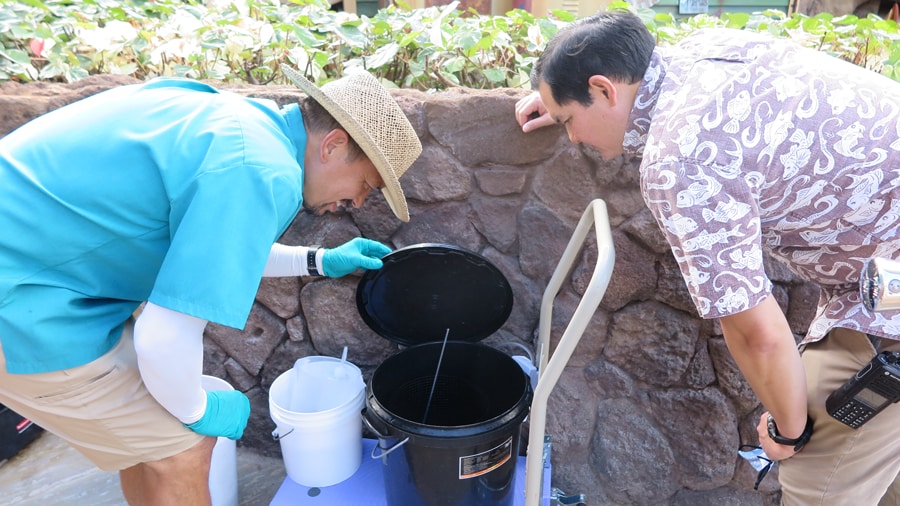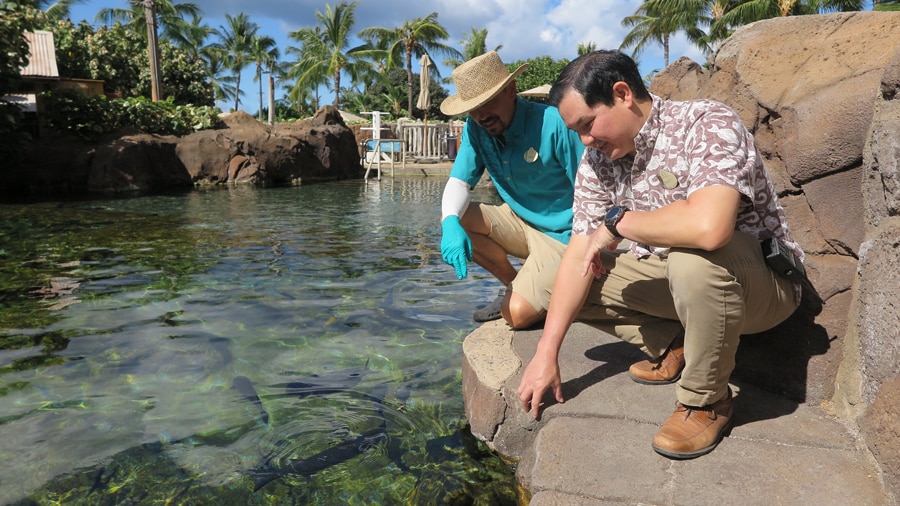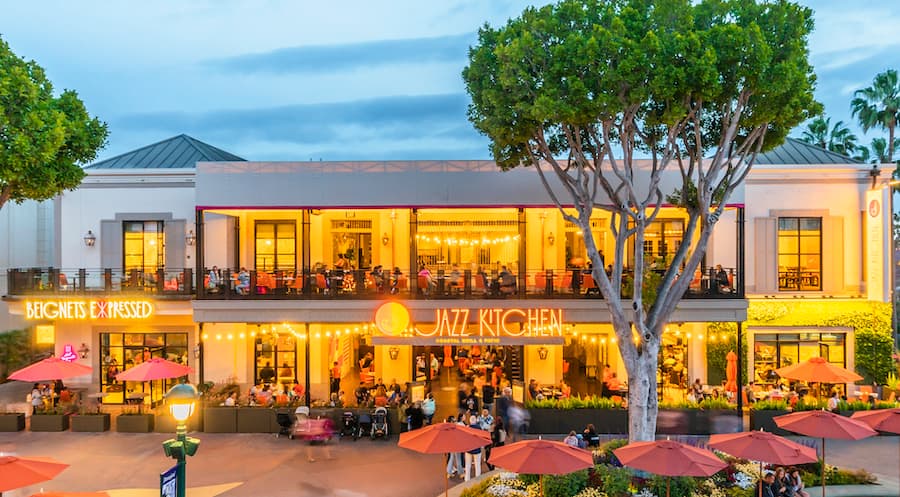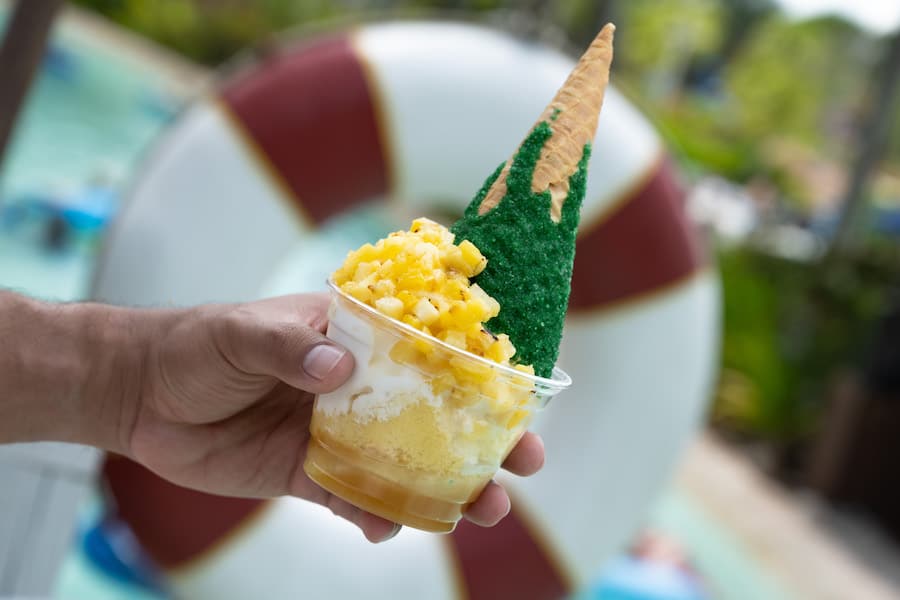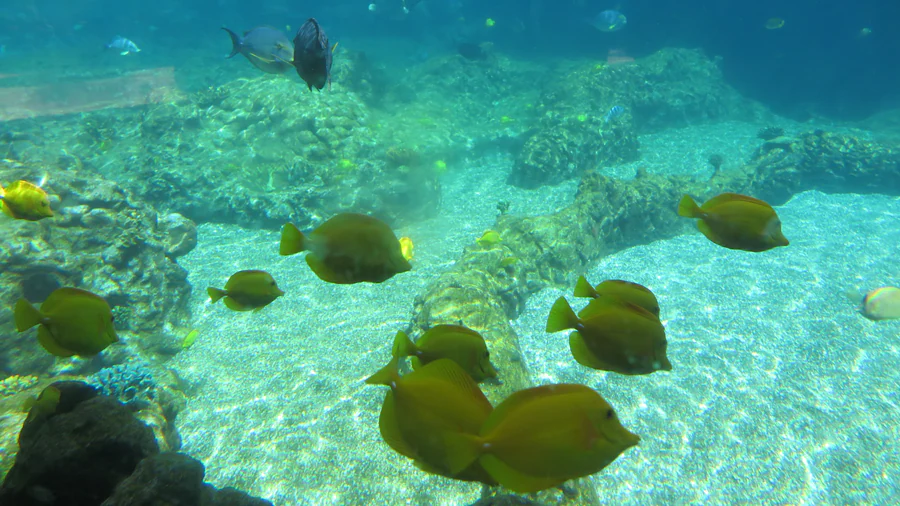
Disney’s Aulani Celebrates Rainbow Reef Research for World Oceans Day
Originally published at Disney Parks News
There must be something in the water in Rainbow Reef at Aulani, A Disney Resort & Spa—and we’re not just talking about the Menehune.
As we celebrated World Oceans Day on June 8 to bring more awareness to human impact on our oceans, we thought it appropriate to highlight some interesting and important aquatic research being done involving the colorful denizens of the resort’s saltwater lagoon.
Since the resort’s grand opening nearly 11 years ago, the thousands of fish that call Rainbow Reef home have had the pleasure of hosting guests and Disney Vacation Club members alike. Guests who sign up to snorkel in the tank lagoon enjoy a close-up view of these incredible, diverse tropical fish species, while those who would prefer not to get wet can marvel at them through observation windows.
Such a pleasant environment wouldn’t exist without the tireless efforts of the Animal Programs cast members. They’ve developed and maintained a stress-free environment for the fish. Helping them thrive and stay happy. So happy, they’ve gained the attention of the non-profit Oceanic Institute of Hawaii Pacific University (OI) for one activity in particular.
“Clearly the animals are happy because they’re spawning all the time.” Said Chad Callan, director of OI’s finfish program.
OI is known internationally for its work in aquaculture and the development of ways to breed fish. In 2016, that work made its way to Aulani Resort. Wherein our Animal Programs cast participated in a pilot program with OI to breed fish eggs collected from Rainbow Reef.
The result; was the first-ever successful captive breeding of the Milletseed Butterflyfish, the Potters Angelfish, and the Hawaiian Cleaner Wrasse.
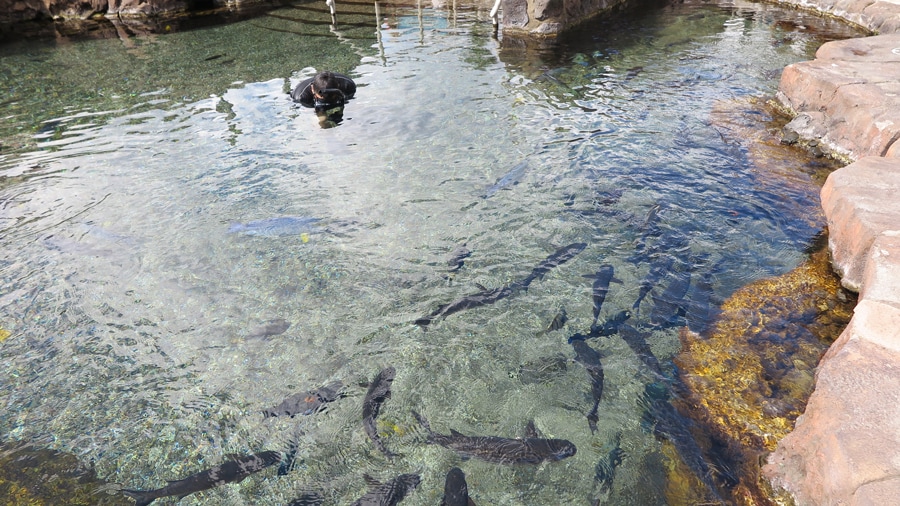
Following that success, OI and Aulani worked together again on a year-long project. To develop methods of breeding more fish species that haven’t been cultured before.
“Right now, we wouldn’t have a source of these eggs without Aulani’s effort. The species at Rainbow Reef aren’t species we would have normally,” Chad said. “So, we’re able to work with species we wouldn’t be able to work with otherwise.”
But the research being conducted by OI with the help of Aulani is more than simply figuring out better ways to breed tropical fish – it has huge implications for the sustainability of these species and the global aquarium industry. If researchers can more effectively breed fish, that would lessen the number of specimens taken off reefs around the world in order to populate aquariums.
“We’re excited with the possibilities this research represents.” Said Raffy Jacinto, animal & water sciences operations manager at Aulani. “Sustainability is a key to maintaining the balance of aquatic environments. And we’re happy to be playing a role in research that could provide us with some important clues as to how to accomplish that.”
Once a week, Aulani Resort aquarists collect fertilized fish eggs. Via skimmer and count them using a catching jar. Amounting to tens of thousands of eggs. Then, senior aquarist Eric Curtis logs a description of the eggs. Complete with hand-drawn sketches of each type he can distinguish via a microscope. Viable eggs are bagged for pickup by OI staff, who then transport them to their facility to culture the eggs and raise as many fish as possible to adulthood.
The egg collection started in February 2022 and will continue through the project’s duration. Giving Aulani Resort aquarists a chance to learn more about Rainbow Reef’s fish and their reproductive habits.
“We can judge our fish health better and target specific species for aquaculture,” Eric said. “Knowing when they produce more eggs can pinpoint which species to focus on [when culturing].”
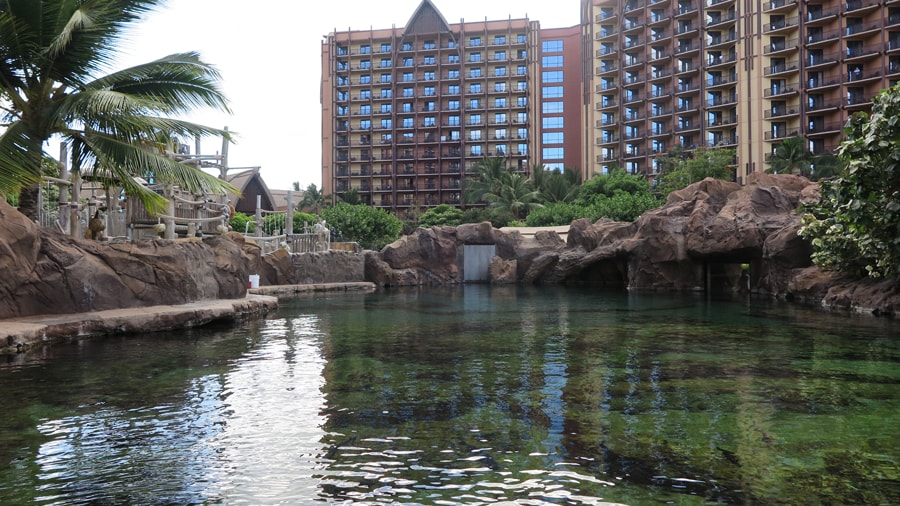
Eric, no stranger to aquaculture, started learning about breeding, raising, and harvesting fish. During his undergraduate studies at the University of Texas in the late 1980s. He agrees with Raffy that the research with OI could have important implications.

